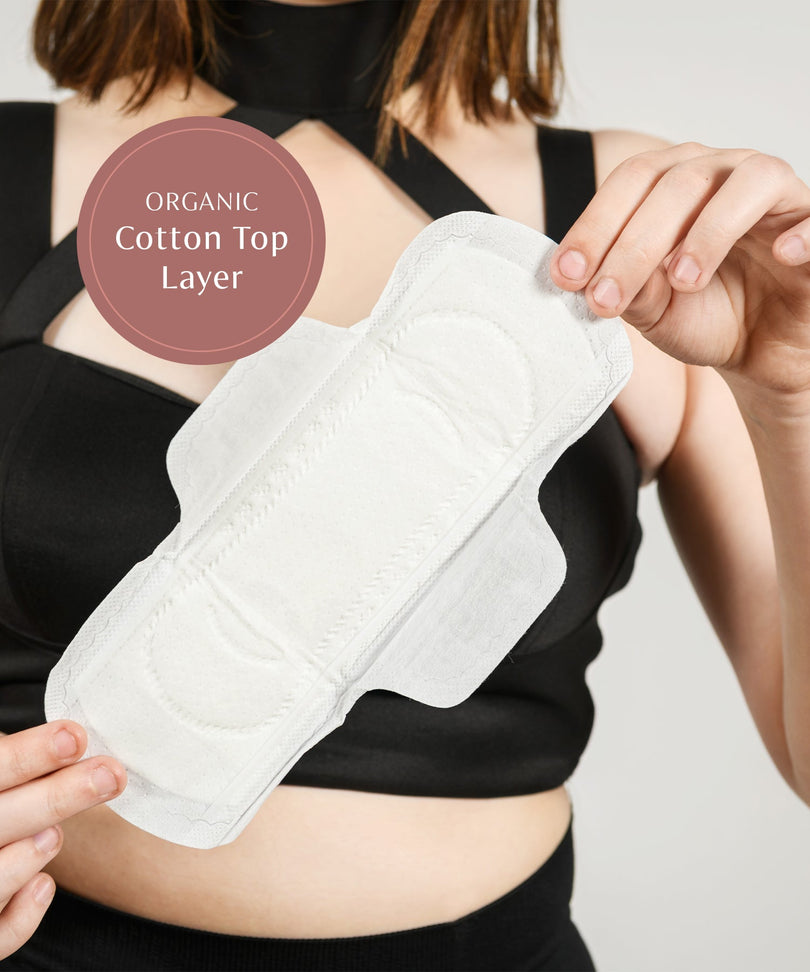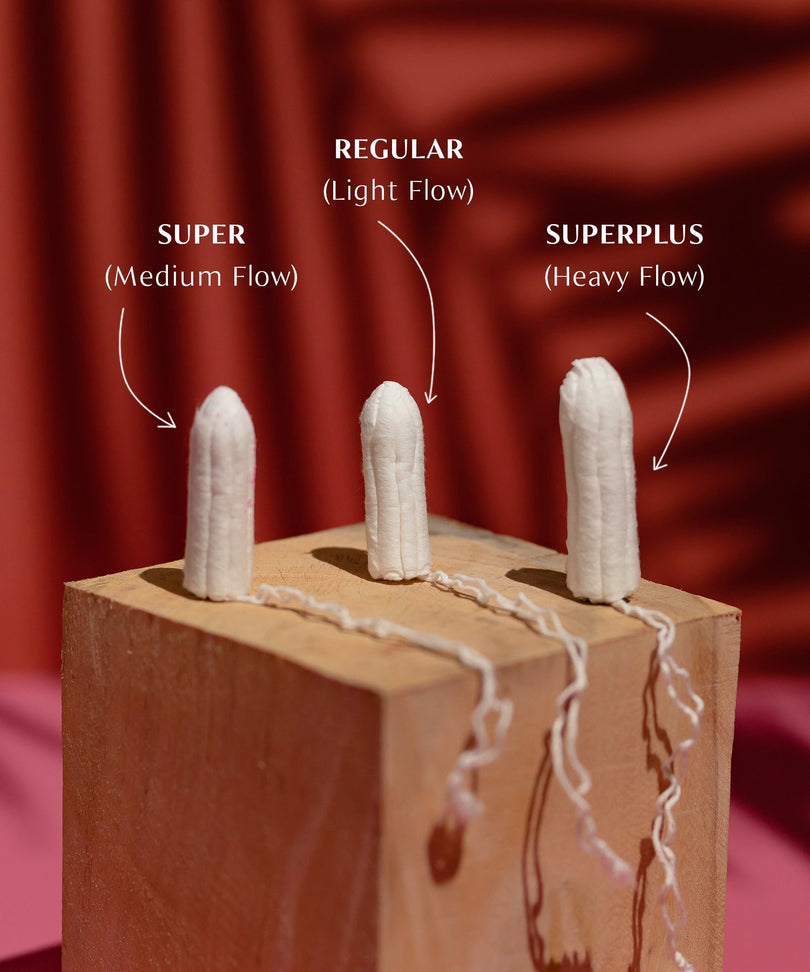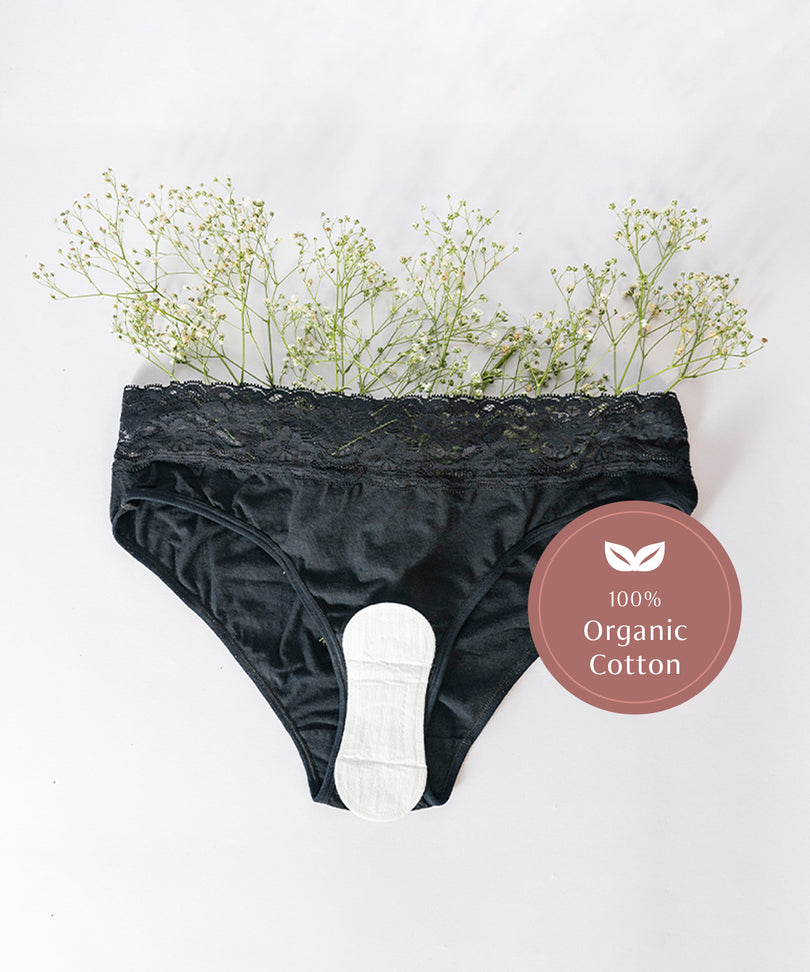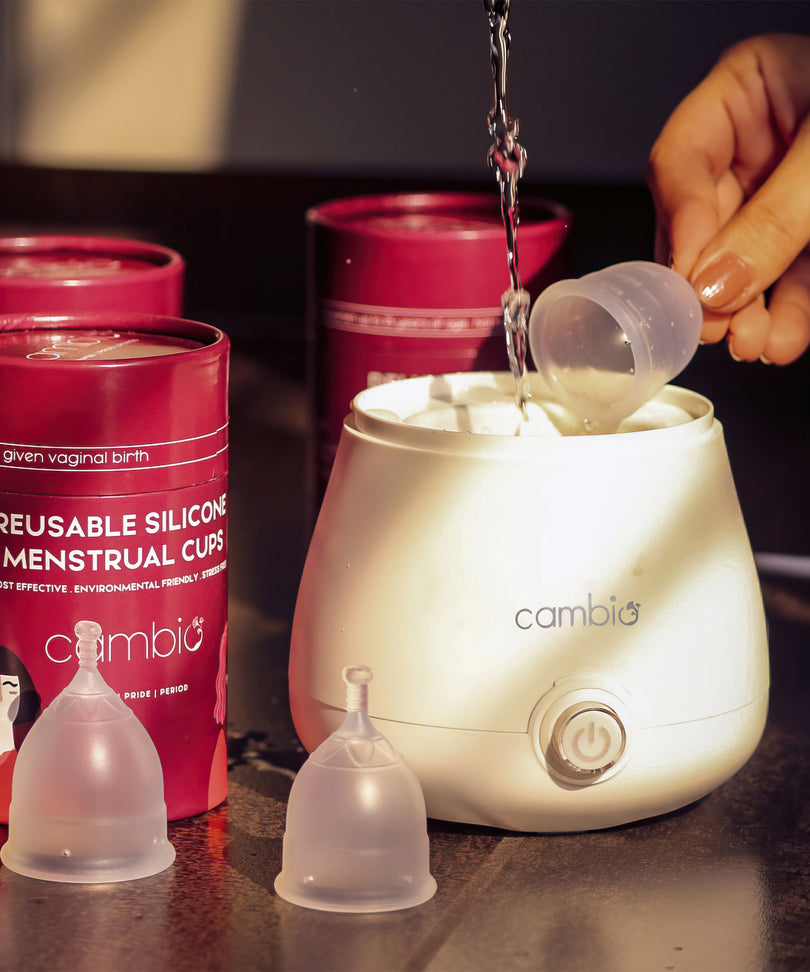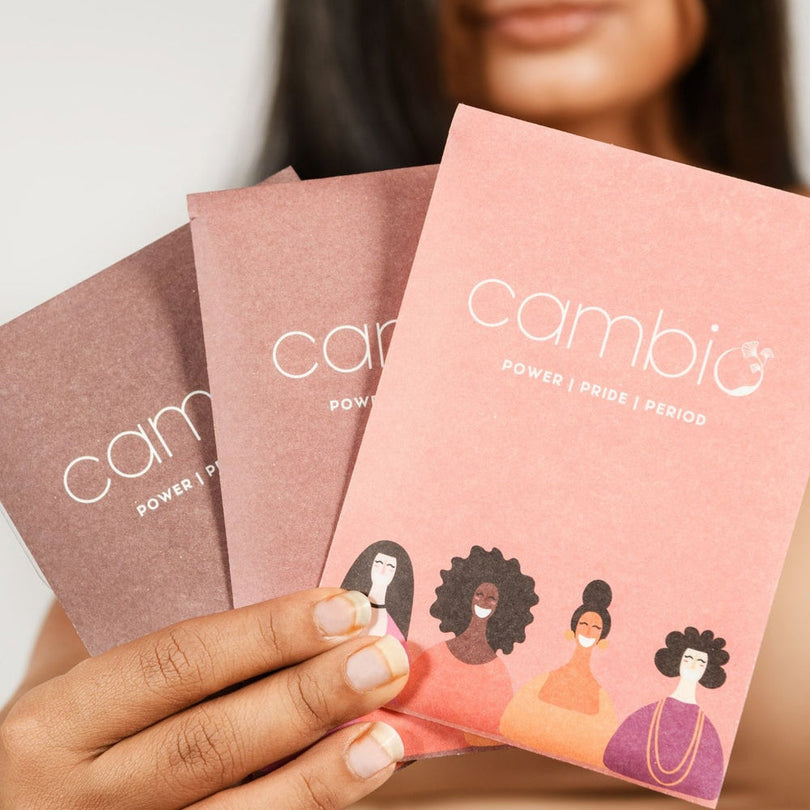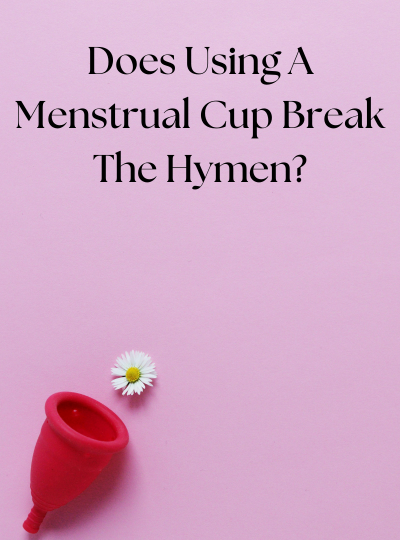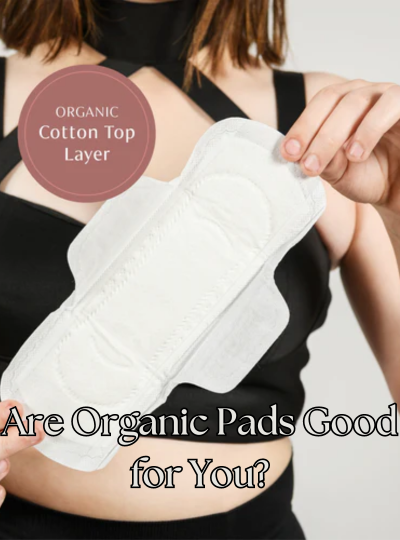Factors of Sanitary Pads:
Pad Absorbency
Choosing a pad with the right absorbency according to your flow will help keep you comfortable while preventing leaks.
Pads are usually categorized according to Light Flow, Medium Flow and Heavy Flow:
- Light Flow - For spotting or for lighter days
- Medium Flow - For regular menstrual flow
- Heavy Flow - For heavy flow (usually during the first two days of your period) or for overnight use.
Absorbency levels can differ by brand and materials used in the pad.
Size of the Pad
Pads are available in various sizes and thicknesses which cater to different body types, preferences and fashion choices. For many brands, the pad’s size corresponds with its absorbency level.
Panty liners are very thin and are ideal for protection from spotting.
Thin/Ultra-thin pads are slightly thicker than panty liners but are also very slender and discreet. They are ideal for light flow.
Regular pads balance comfort and security and are ideal for moderate to heavy flow.
Maxi pads are thick and highly absorbent and are recommended for heavy flow and overnight use.
While thinner pads are preferred for their comfort and discreteness, some menstruators may prefer the security of thicker pads in absorbing heavy flow and preventing leaks.
Disposable vs. Reusable Pads
While disposable pads are popular, convenient and highly available, reusable pads are also growing in popularity as an eco-friendly and cost-effective menstrual product.
Disposable pads are meant to be used once and thrown away after each use. While this adds to the problem of menstrual product waste, using organic disposable pads instead is an eco-friendly option.
Reusable pads are more sustainable than conventional pads and can save your money over time as you don’t have to stock up on pads for every period. It’s important to properly wash and maintain reusable pads to avoid infections and practice good hygiene.
Wings vs. No Wings
Some pads come with wings which are flaps on the sides that are folded over the underwear and stick to it, making the pad more secure. Winged pads are better at preventing leakages and keep the pad in place during physical activities.
If you don’t find wings necessary for security then you can also opt for pads without wings. As long as the adhesive is strong enough, regular pads are also reliable.
Synthetic vs. Organic Pads
The material of your pads will affect your comfort and your skin/reproductive health. While most pads out there are made of cotton, conventional pads come with synthetic additives which include plastics, chemicals and fragrances that can cause irritation and increase the chances of developing genital cancers. Synthetic pads take longer to decompose and release harmful toxins in the air during the process.
Organic pads do not include any chemicals and are inherently rash-free and better for sensitive skin. They are also softer on the skin. Cotton organic pads are the most common, however organic pads of bamboo, banana and corn fibres are also in the market.
If you have sensitive skin or wish to opt for a more sustainable option, organic pads may be a better option, however, synthetic pads are more budget-friendly.
Also read - Why should you choose organic pads?
Brand Reputation
Read up about the brand, their values and their reputation and see if they align with your needs. Some brands are more inclined towards solving environmental concerns, while others may focus on prioritizing genital health and menstrual hygiene.
Ask within your close circle of family and friends for recommendations of specific pads they’ve had a good experience using. Read authentic online reviews to get a better idea of the plus points and problems people have faced using the pads.
It’s okay to explore and try the pads of different brands so that you can make an informed decision. You can opt for a trial pack if a brand offers one.
Cost and Availability
Your budget will influence the type of pad you can get and whether you can afford different types of pads for different uses. While some menstruators purchase multiple sizes to wear according to their flow, others only use one type of pad for their light and heavy flow.
The most expensive pads may not necessarily be the best for you as each person has unique needs. If you’re trying to save on money, you can opt for a subscription service in which pads are regularly delivered to you, or a combination pack of different sizes/absorbencies.
Know Your Flow to Choose the Right Sanitary Pad
Your period flow is probably the biggest factor that will determine the right size, thickness and absorbency of the pad you choose to wear. It can range from light to heavy, and varies depending on the day of your period.
Before and after your period, you may experience light spotting. It’s common to experience heavier bleeding during the first two days of your period, after which your flow may gradually decrease. Your period flow is considered heavy when you soak through heavy pads within 2 hours.
Length of your period
It’s a good habit to track the duration and gaps between your periods to check if they’re regular. This can also help you calculate how many pads you’ll need to purchase in case you want to be more precise.
Do you have any allergies?
If you’re allergic or sensitive to any materials or chemicals commonly used in pads, you should consider a pad devoid of those.
Organic pads are inherently hypoallergenic and are most suitable for those who have sensitive skin or have allergic reactions to conventional pads.
Lifestyle Choices
Do you travel frequently? Do you live an active lifestyle even on the days of your period? These factors can influence the type of pads that’ll work best for you.
It’s recommended to carry larger pads when travelling in case you don’t have frequent access to clean washrooms and have to wear your pads for longer than usual.
If you play a sport or take part in any physical activities during your period, a pad with wings may help feel more secure and in place. The pad should also be comfortable and move only as your body does. Finding the right pad to wear when being active takes a certain amount of trying until you find the right one.
Conclusion
Finding the right sanitary pad for you depends on several factors which include your body type, flow, preferences, budget and environmental concerns. Different types of pads may be suitable for you in different situations. It’s important to trust your intuition on your comfort and hygiene as what works for others may not work for you.
Take the time to research your options and consider the factors listed above. Ask for recommendations from trusted friends/family. Try out a few pads and you’ll know when you’ve found the right one for you!
More to read
Menstrual cup vs sanitary pads
Side effects of using expired pads

